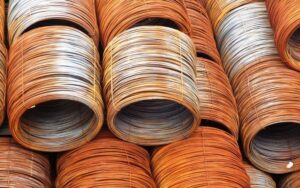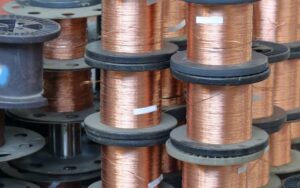Medical sensors have substantial applications in preparing a long list of medical devices. The devices that detect the physical, biological, and chemical procedures of human body through the transmission of signals, those devices consist of medical sensors. In this article, we will discuss how medical sensors have helped doctors in several ways to treat patients.
The Importance of Medical Sensors:
Medical invasive sensors bring multiple advantages to the medical science, such as-
- By using medical sensors, doctors can access various unreachable regions of human body and learn about the condition of that region.
- Sensors play a vital role in cryo cancer treatment. With the help of sensors, doctors can eliminate the tumors by freezing and heating them.
- Another effective use of sensors is to minimize the disturbance of the body functioning. These microscopic components also assist to reduce the energy consumption of the implants.
- Above all, medical sensors expand the lifespan of miniature implants.
To cope up with the increasing demand for the tiny sensors, manufacturers are focusing on new and advanced manufacturing technologies. The production of minimally invasive sensors requires ultra-fine wires and micro-coils. On the other hand, when it comes to manufacturing ultra-fine wires and micro-coils, manufacturers should possess effective knowledge about how to handle the manufacturing process and work with the advanced technologies. They also need to design and build in-house and custom-made equipment for the production of medical sensors.
Manufacturing Requirements for Micro-Coils:
As the micro-coils will be used in medical sensors, therefore, the manufacturers face certain requirements for manufacturing the coils maintaining high standards.
- The manufacturers should maintain the determined specifications in the micro-coils.
- Manufacturers should conduct various quality checks before releasing the final products. It is important to eliminate any type of faults during the manufacturing process.
- The employment of special equipment is essential for the manufacturing of micro-coils. The manufacturers can not buy ready-made equipment from the market. They design and develop the machinery from the scratch based on the purpose of use.
- The clients should have the permission to inspect the entire production process and the manufacturers should maintain the ISO 13485.
- Maintenance of the traceability is also important during the production so that the workers can trace the materials in different production steps. Excellent traceability is also essential to get information regarding the manufacturing date, producers, and workers involved during the production process.
Applications of Sensors:
Sensors have numerous applications in medical field, such as-
- Diagnostics: When it comes to conducting wireless communication by using miniature implants, we require sensors.
- Active Implants: Active implants fulfill several purposes, such as to control and monitor miniature pacemakers and deep brain stimulation. Sensors are the crucial components of these active implants.
- Therapeutic Applications: In therapeutic applications, sensors are useful in various purposes, such as to prepare the devices of electrophysiology treatments (e.g.- cardiac or neural) and electricity-based ablations (e.g.- microwave and RF coil).
- Navigation and Orientation: Sensors help to conduct several navigation and orientation activities, including highly accurate ablations, endoscopic manipulation, stent positioning, targeted drug delivery, targeted radiation catheters, implanted makers, etc.
- Orthopedic and Dental Treatments: There are various devices used in orthopedic and dental treatments that consist of micro-coils. These devices are operated through electromagnetic pulses.
- Temperature Measurement: With the help of sensors, we can measure temperature by using miniature thermocouples.
How to Build Miniature Coils?
Medical sensors that consists of micro-coils come from the winding of ultra-fine wires. Most ultra-fine wires are copper wires. However, these wires are very tiny in size and have a diameter of approximately 0.00035 inches or 59 AWG or 9 microns. Therefore, if you compare the diameter of these wires to a human hair, you will find that these wires are ten times thinner. During the winding process, ultra-fine wires get twisted around a pin or core. In-house winding machinery and advanced micro-motion facility are essential to work with tiny wire and conduct the winding process.
Connectivity Solution:
During the production process, manufacturers will require to join two different ultra-fine wires. This connection is also important to connect all the components in a medical device. Traditional connectivity methods create numerous issues in the case of ultra-fine wires, such as degraded connections, heat damage, poor connectivity, oxidization, et. This is why, to get the most reliable and oxidization-free connections, modern manufacturers use thermal compression bonding technology.




